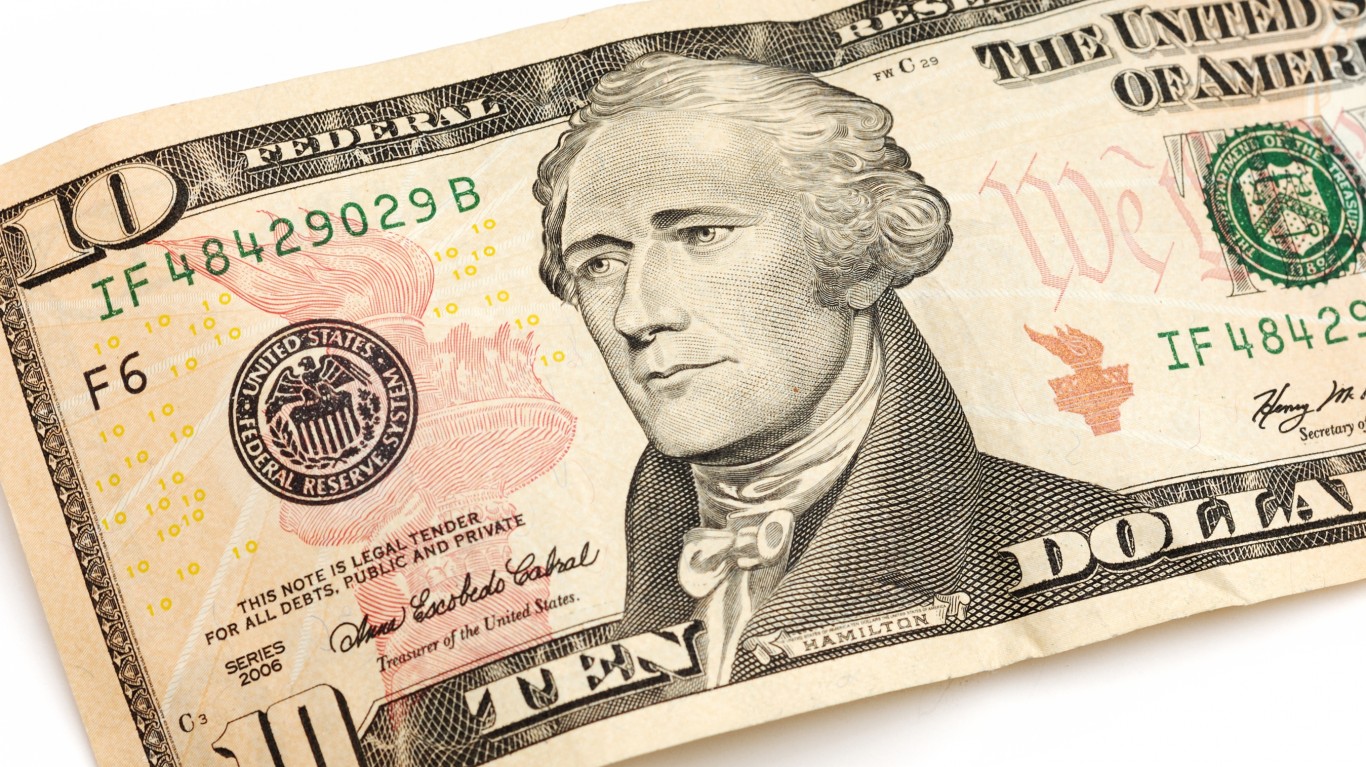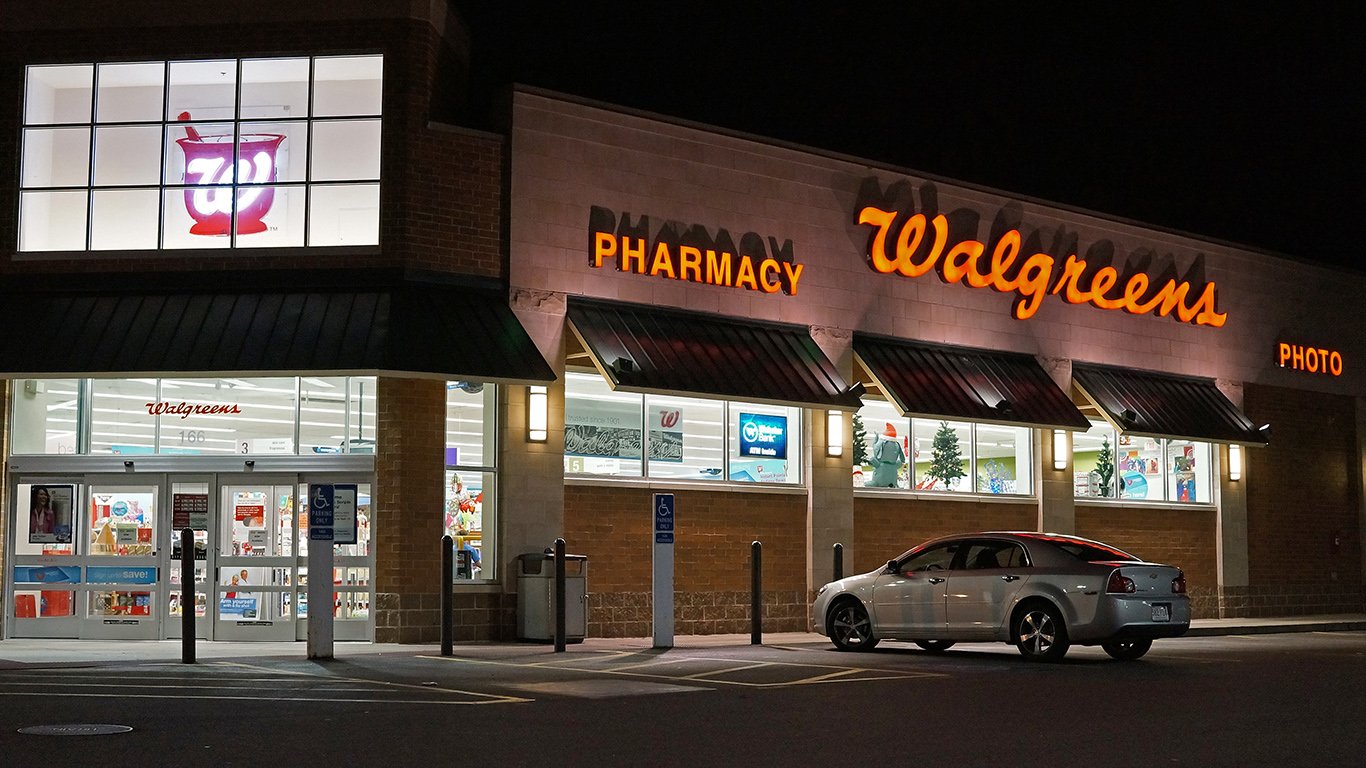

Sam and Tasha Share Takeaways from Tesla’s Earnings Call
By Sam Korus & Tasha Keeney, Analysts
On its earnings call, Tesla highlighted battery cells as the biggest constraint to scaling electric vehicle production. In 2022, Tesla itself plans to produce 100 gigawatt-hours of batteries, enough to supply an incremental 1.3 million vehicles relative to the 500,000 it produced last year. Panasonic, CATL, LG Chem, and other cell manufacturers also plan to scale battery output during the next two years.
Tesla’s Model 3 production ramp provides some clues to its plans to scale battery production. After troubleshooting the process in one factory, we believe Tesla should be able to “copy and paste” in similar factories around the world much more rapidly than expected.
During its fourth quarter call, we also learned that only 1-2% of customers in China are opting for Tesla’s Full Self Driving (FSD) package, a “much lower [percentage than in] the rest of world”. At some point, we believe Tesla could offer FSD subscriptions in China, begging the question of its competitive position in a country likely to favor domestic service providers.
Chinese companies have been investing significantly in autonomous driving capabilities during the last few years. Recently, Xpeng rolled out autonomous highway driving features that included entering and exiting highways, a feature that Tesla introduced in 2018 with hundreds of thousands of customer cars generating data to train the neural networks behind new Autopilot features. In comparison, Xpeng is relying on data from only tens of thousands of vehicles. That said, some online videos claim that Tesla’s autonomous features are inferior to those of Chinese companies. If accurate, the reason could be that Tesla’s installed base and data collection have been centered in North America. Nonetheless, as of 2020, Tesla is the leading electric vehicle brand in China and, as a result, could improve its autonomous capabilities at a faster rate than its competitors.
Given pricing dynamics for autonomous ride-hailing in developed compared to developing countries, perfecting FSD in the US first makes strategic sense. In ARK’s published price target for 2024 (soon to be updated for 2025), we assumed that if Tesla were to launch autonomous ride-hailing in China, its take-rate could be significantly lower than that in the US, especially if it were forced to share the economics with Chinese partners. In our recent Big Ideas Report, we illustrated that the developed world could respond to autonomous ride-hailing more dramatically than developing countries because human driven ride-hailing services like Uber and Lyft are much more expensive in countries like the US than are those in China. According to ARK’s research, at maturity and scale, an autonomous taxi could price at 25 cents per mile, roughly half the cost of ride-hailing today in China but one eighth that in the US.
ARK estimates that the enterprise value of autonomous ride-hail platform operators could increase to $3.8 trillion globally by 2025. Given the size of the opportunity, the competition could prove fierce. Longer term, however, we believe companies with the most comprehensive and high-quality driving data and the best execution should enjoy natural geographic monopolies.
A Next Generation Therapy Offers Great Hope for Solid Tumor Treatments
By Ali Urman, Analyst
In 1986 the FDA approved the first immunotherapy, Interferon-alpha 2. Since then, cancer therapy has advanced thanks to CRISPR gene-editing, tumor-infiltrating-lymphocytes (TILs), and checkpoint inhibitors.
At the National Cancer Institute (NCI), Dr. Steven Rosenberg developed TILs, extracting them from small tumor samples, harvesting and growing them ex vivo, and then re-introducing them into patients. Dr. Rosenberg found that TIL therapy was efficacious even if patients had not responded to check point inhibitors like PD-1.
An emerging private company, Intima Bioscience is combining promising cancer therapies in a new clinical trial of third generation TILs. It harvests TILs and identifies the cancer attacking cells, gene-editing them with CRISPR to knockout an intra-cellular checkpoint called CISH, as shown below. This checkpoint is not ligand dependent, meaning that it does not require anything on the surface of the cancer cell to be effective. Although intracellular check points are complex, this kind of TIL therapy could provide breakthroughs in treating solid tumors, which account for 88% of diagnosed cancers.
Silicon Innovation Is Moving from The Chip to the Package
By James Wang, Analyst
Now that semiconductor manufacturers are having difficulty cramming more transistors into computer chips, innovation seems to be evolving from bigger chips to advanced packaging technologies that glue chips together.
Typically, computer chips sit on a plastic module called a package that connects to a printed circuit board. While traditionally packages provided an interface to mount chips onto boards, today advanced packaging connects multiple chips together.
This week Chief Architect Raja Koduri tweeted a picture of Intel’s upcoming data center Xe GPU. Instead of a large monolithic chip, the Xe GPU binds two GPUs and ten supporting chips together on a single package. Tightly integrated at the package level, chips can communicate with each other with lower latency, higher bandwidth, and lower power consumption. Thanks to package level integration, chips snap together both horizontally and vertically. While not as effective as chip level integration, package level integration is much better than circuit board connections.
We expect that Intel and TSMC will adopt advanced packaging technologies in the coming years. As a result, computer architectures will look less like standalone houses in suburbs and more like the densely populated streets of Manhattan.
AutoX Launches the First Driverless Robotaxi in China
By Yulong Cui, Analyst
This week AutoX launched China’s first fully driverless robotaxi to the public in Shenzhen, China. This also makes AutoX the second in the world to introduce fully driverless robotaxi, only a few months after Waymo’s launch in Arizona last fall. AutoX is a private autonomous driving technology company founded in 2016 by Xiao Jian Xiong, an MIT-trained AI scientist also known as “Professor X,” and is backed by Alibaba and DongFeng Motor.
While the initial launch was in a remote district and could run into roadblocks before broader commercialization, AutoX’s milestone highlights China’s technological progress as the global robotaxi race gets underway. In our view, many investors are underestimating the impact of China’s ability and agility in adapting to new technologies, its government’s focus on leapfrogging other countries in the technology race, and the potential of infrastructure projects likes V2X – vehicle-to-everything – to accelerate its robotaxi progress.
Catherine Wood, ARK Invest CEO, is a shareholder of 24/7 Wall St. LLC.
Essential Tips for Investing: Sponsored
A financial advisor can help you understand the advantages and disadvantages of investment properties. Finding a qualified financial advisor doesn’t have to be hard. SmartAsset’s free tool matches you with up to three financial advisors who serve your area, and you can interview your advisor matches at no cost to decide which one is right for you. If you’re ready to find an advisor who can help you achieve your financial goals, get started now.
Investing in real estate can diversify your portfolio. But expanding your horizons may add additional costs. If you’re an investor looking to minimize expenses, consider checking out online brokerages. They often offer low investment fees, helping you maximize your profit.
Thank you for reading! Have some feedback for us?
Contact the 24/7 Wall St. editorial team.



